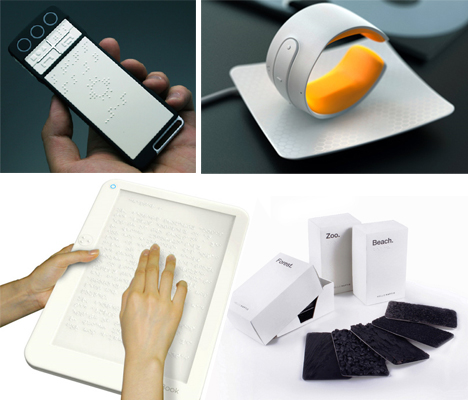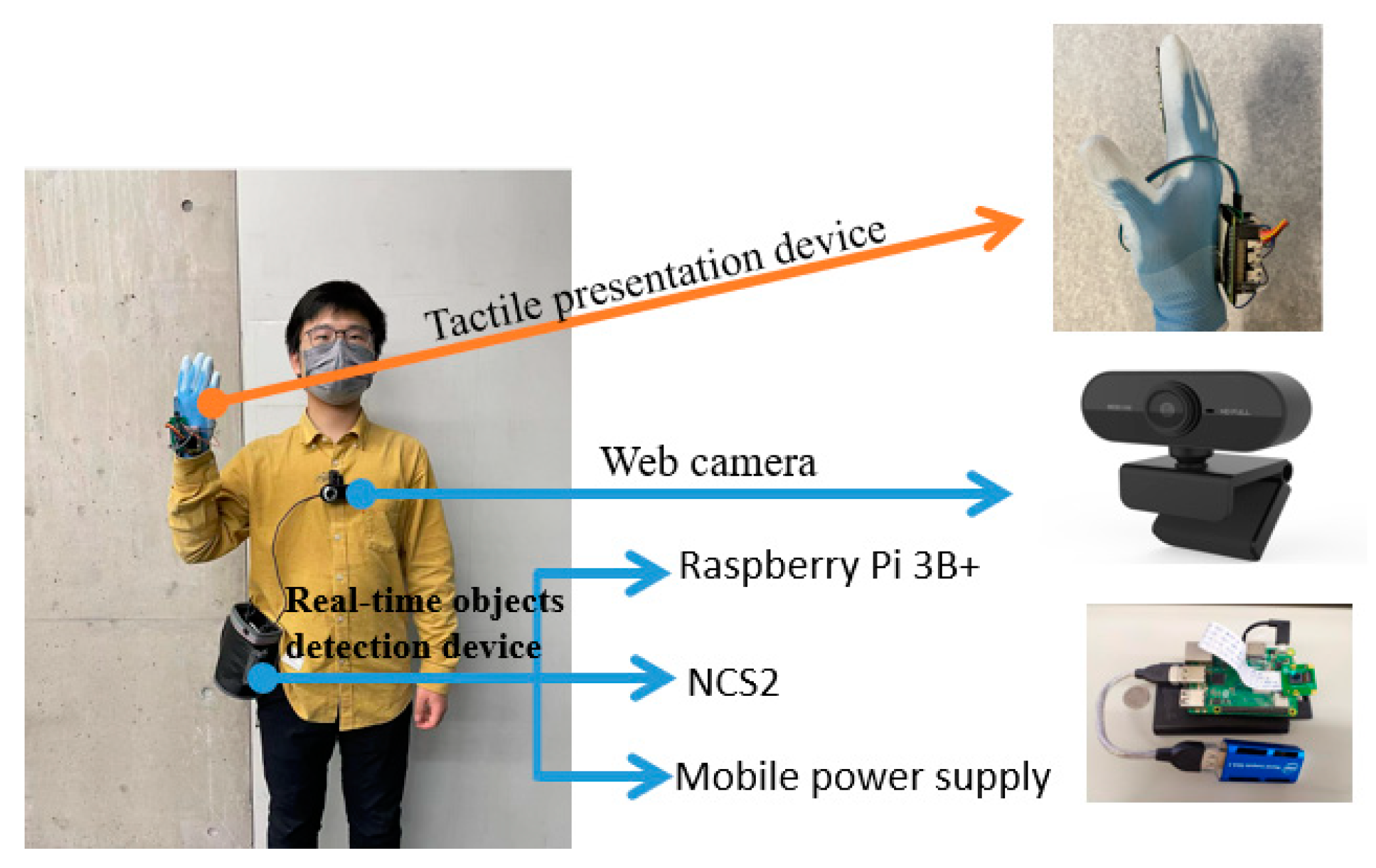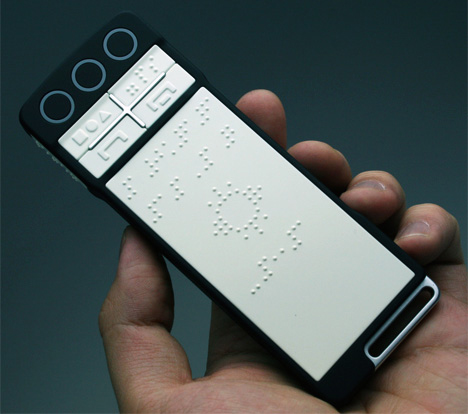AI-Powered Visual Aids: Enhancing Independence for Blind Users
AI-Powered Visual Aids: Enhancing Independence for Blind Users
Blog Article
Discover Ingenious Tools Designed for the Visually Damaged
The development of innovative tools for the aesthetically damaged represents a substantial improvement in ease of access and independence. Technologies such as smart glasses with AI abilities and mobile applications created to give auditory descriptions are improving daily experiences for customers.
Smart Glasses for Navigation

Smart glasses designed for navigating are revolutionizing the method aesthetically damaged people communicate with their atmosphere. These advanced gadgets use a mix of cam technology, expert system, and auditory comments to provide real-time details concerning surroundings. By using obstacle discovery systems, wise glasses can inform customers to potential risks, enabling safer flexibility in both familiar and unfamiliar settings.
The combination of GPS modern technology even more boosts navigating abilities, permitting individuals to obtain auditory directions as they relocate. This hands-free approach not just promotes freedom yet also encourages aesthetically damaged people to browse city landscapes with enhanced confidence. In addition, lots of smart glasses are geared up with functions that determine spots and road indicators, supplying contextual info that improves the customer experience.
In addition, the development of these devices is consistently advancing, with companies functioning to improve the accuracy of things acknowledgment and increase the series of navigational features. As smart glasses end up being much more obtainable and affordable, they hold the potential to considerably change life for aesthetically damaged customers. Inevitably, these innovative devices stand for a critical step towards inclusivity, offering enhanced movement and a higher sense of autonomy for people browsing the world around them.

Mobile Apps for Daily Living
Just how can mobile applications improve the everyday lives of visually impaired people? Mobile applications are transforming the method visually damaged customers browse their atmospheres, take care of everyday jobs, and gain access to information. These applications offer vital support through different capabilities, promoting independence and improving lifestyle.
Several ingenious mobile applications are developed particularly for day-to-day living. Apps like Be My Eyes link visually impaired customers with sighted volunteers via video telephone calls, permitting them to receive real-time help with tasks such as reviewing tags or browsing unknown areas. Seeing AI, established by Microsoft, uses synthetic intelligence to describe environments, checked out text, and recognize things, efficiently transforming a smartphone into a powerful device for everyday assistance.
In addition, navigating applications tailored for the aesthetically impaired, such as Aira and BlindSquare, provide audio-based directions and ecological information, making it possible for users to traverse their environments safely and confidently. Beyond navigating and immediate assistance, mobile apps also sustain organization and task monitoring, with attributes that aid individuals establish suggestions, create to-do checklists, and track visits. In summary, mobile applications function as crucial resources, empowering visually damaged individuals to lead more independent and fulfilling lives.
Wearable Technologies for Assistance
Empowerment through innovation is increasingly evident in the world of wearable devices made to assist aesthetically damaged people. These innovative tools integrate flawlessly right into daily life, improving navigation and supplying important comments to customers. Clever glasses outfitted with video cameras can check out and acknowledge faces message aloud, enabling customers to communicate even more confidently in professional and social settings.
One more noteworthy advancement is using haptic feedback systems in wearable gadgets. These systems make use of resonances or various other responsive signals to share information about the user's environment, you could try these out such as challenges or changes in terrain, boosting flexibility and safety. Wearable innovations also include wristbands that connect to mobile phones, alerting individuals to notices with subtle resonances, thus improving connection without reliance on aesthetic hints.
As these innovations proceed to advance, they are not just improving independence for aesthetically impaired individuals yet additionally fostering a greater sense of inclusion in culture. By linking the void between challenges faced in everyday living and the possibility for freedom, wearable technologies work as crucial tools in the quest for equal rights and empowerment for those with visual impairments.
Sound Summary Tools
Sound description tools play an essential function in improving ease of access for aesthetically damaged people, providing them with the capability to involve with visual media. Speech-to-text devices for low anchor vision. These tools supply narrated descriptions of crucial visual aspects in films, television programs, and live performances, making sure that customers can fully understand the context and feelings communicated via visuals
Audio summary can be integrated right into numerous platforms, consisting of streaming solutions, movie theater testings, and live cinema. Numerous preferred streaming solutions currently consist of audio summary as an access attribute, allowing visitors to pick it quickly. Along with conventional media, specialized applications likewise exist, offering audio descriptions for art exhibits, galleries, and various other social events.
The effectiveness of audio summary rests on the skill of the narrators, that have to convey visual information succinctly without diminishing the initial sound. Developments in this area are also leading the way for more customized experiences, where individuals can readjust the level of information and pacing according to their choices.
Braille Innovations and Instruments
Braille advancements and gadgets have actually substantially changed the method visually damaged individuals communicate with message and info. Modern improvements have actually brought about the advancement of versatile tools that boost literacy and freedom among individuals. Significantly, Braille present innovations have developed, enabling dynamic reading experiences. These devices transform digital message into Braille, allowing individuals to access a large variety of information on mobile phones, computers, and tablets.
Furthermore, portable Braille notetakers incorporate typical Braille input with contemporary functionalities, facilitating note-taking, organizing, and record editing and enhancing on the move. OCR devices for the blind. These small tools often feature text-to-speech capabilities, linking the space in between Braille and acoustic details
Additionally, innovative Braille printers have emerged, allowing users to produce Braille tags, records, and academic materials effectively. This ease of access cultivates higher participation in academic and professional environments, eventually promoting inclusivity.
Furthermore, study right into clever learn this here now Braille modern technologies continues to increase. Instruments that incorporate expert system are being checked out to provide real-time navigating aid and contextual info, improving the user experience in diverse settings. In general, these innovations show a commitment to encouraging aesthetically damaged individuals with innovation, guaranteeing they can conveniently access and engage with the globe around them.

Final Thought
The development of innovative tools for the visually impaired dramatically boosts freedom and quality of life. These innovations not only foster better addition but likewise promote freedom in everyday activities, inevitably contributing to a much more equitable and easily accessible culture for visually damaged individuals.
As wise glasses become extra obtainable and inexpensive, they hold the possible to dramatically transform day-to-day life for visually impaired individuals. Mobile apps are reinventing the method visually damaged users navigate their atmospheres, handle day-to-day tasks, and gain access to info. Apps like Be My Eyes link aesthetically impaired customers with sighted volunteers through video clip telephone calls, enabling them to obtain real-time support with tasks such as reading labels or navigating unfamiliar spaces.Additionally, navigation apps customized for the visually impaired, such as Aira and BlindSquare, provide audio-based directions and environmental details, making it possible for individuals to traverse their environments securely and confidently.The improvement of cutting-edge tools for the aesthetically impaired dramatically boosts independence and high quality of life.
Report this page